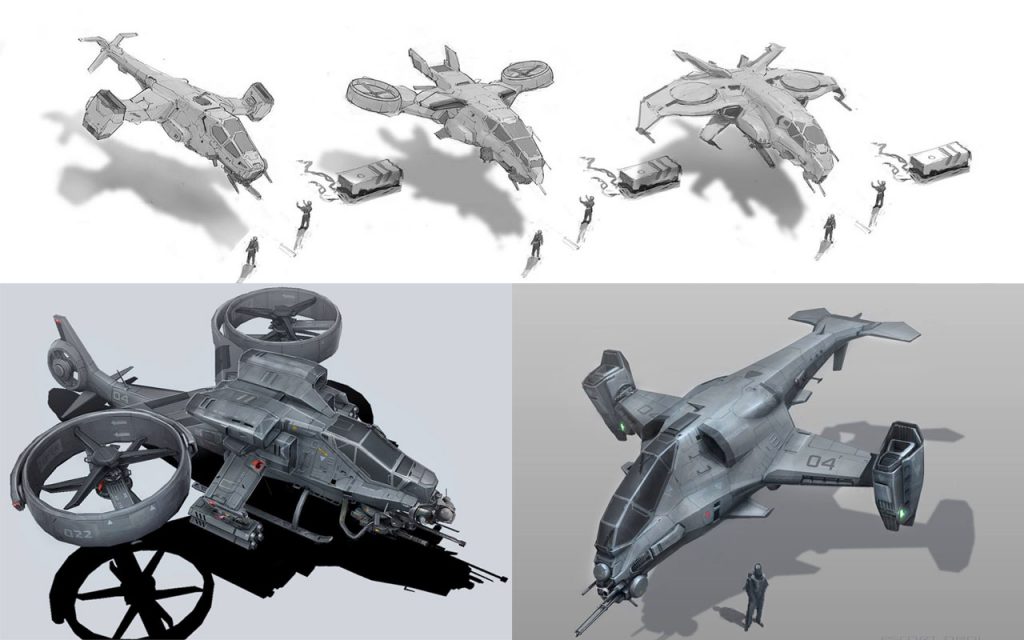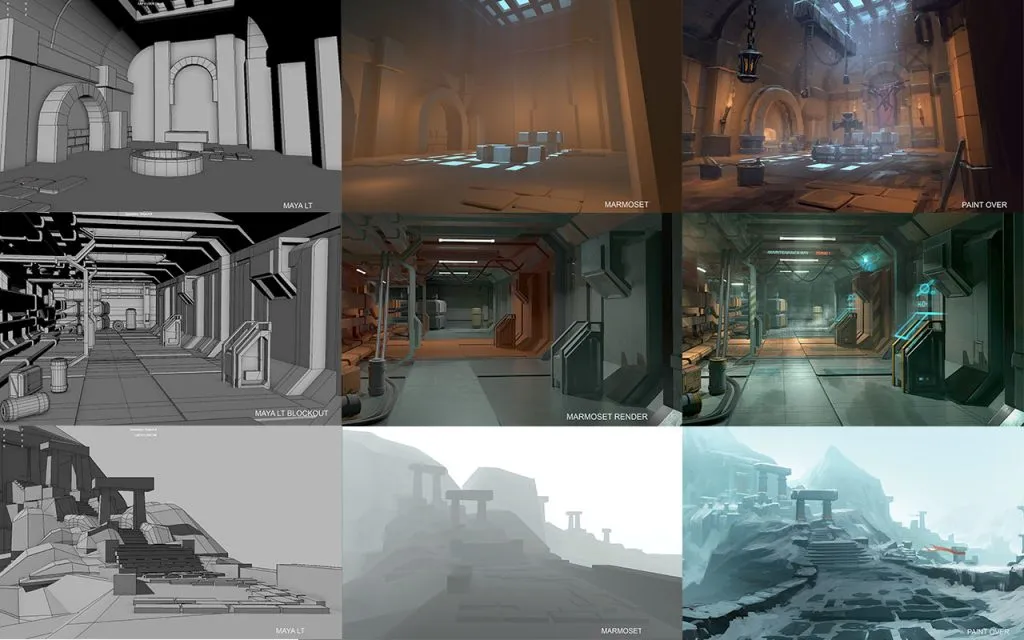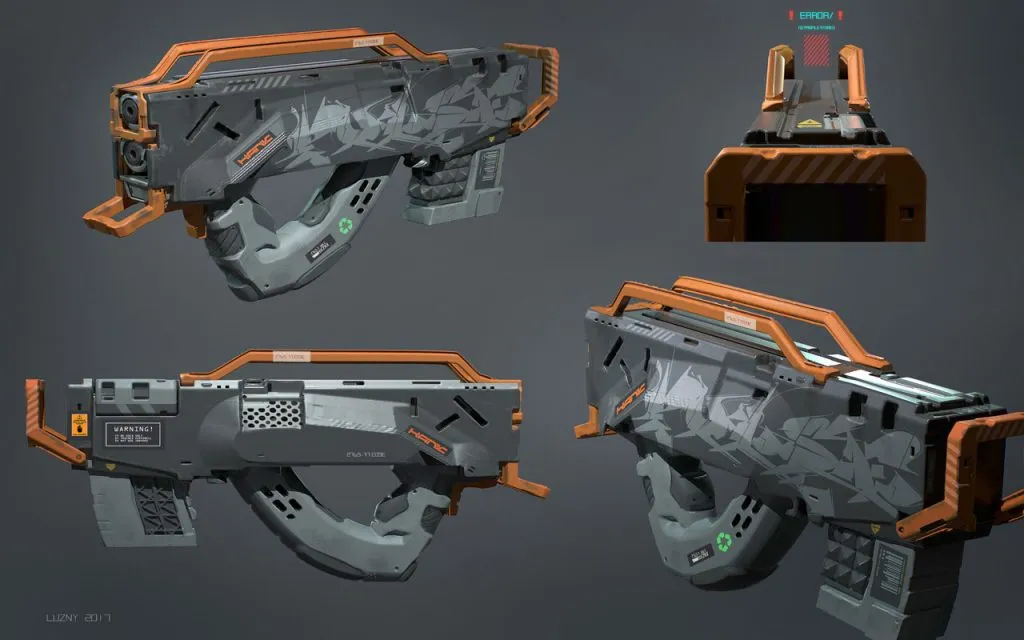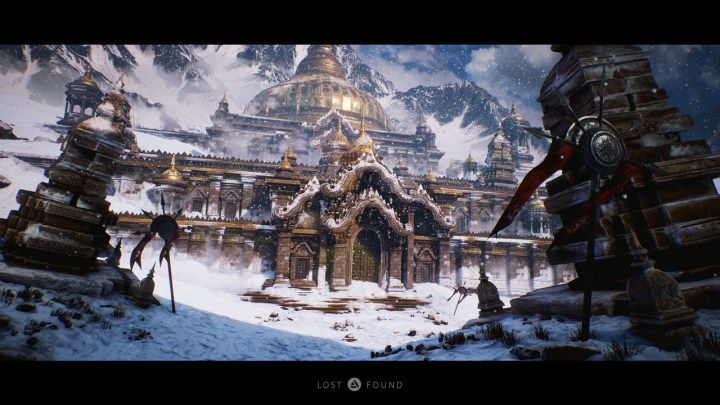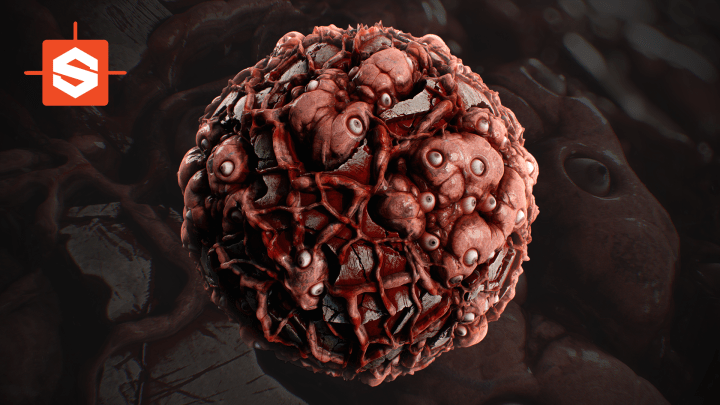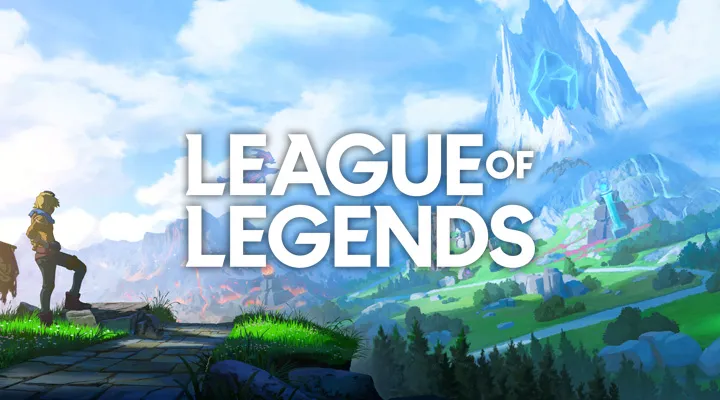The Benefits of Embracing 3D in your Concept Art Workflow
The VFX and Game Production industry is rapidly evolving and studios are getting more demanding when it comes to quality and speed. On top of this, clients are looking to get their feedback addressed instantly as they need you to produce more assets in a shorter amount of time. It’s more important than ever for an artist to be nimble and have all the necessary tools and resources at their disposal to make changes on the fly. So how does a concept artist keep up with the constant changes the industry demands of them and produce amazing work without crashing and burning?
Artwork by Krzysztof Luzny
Faster! Faster! Faster!
Imagine a scenario where an Art Director has asked you to create three different versions of a futuristic helicopter from four different angles and they need it delivered in three days. After picking your jaw up off the floor and wiping the look of fear off your face you might tell them that it’s impossible. After exclaiming that “Impossible is not an option!” The Art Director would then tell you to pack your things and then find another artist who was able to deliver on the clients’ request.
Next, imagine the same scenario but instead of telling the Art Director it’s impossible you say “How about four different versions and I’ll have that done in two days?” The difference between these two scenarios is having the proper skill set to deal with the design challenges and using workflow techniques that allow you to increase the speed and quality of your work without sacrificing your sanity.
Artwork by Krzysztof Luzny
Understanding 2D vs. 3D Production Techniques
While it used to be the standard for Concept Artists to only master 2D skills, studios are requiring their concept artists to master 3D skills as well.
While the 2D design process is still incredibly important for the initial ideation and visualization phase of production it can have limitations. Making changes to designs can be tedious and can slow down the production pipeline leaving the next department waiting for your changes. To address this the industry evolved and started incorporating the use of photos in the design process (photo bashing) to speed things up, but even this wasn’t enough. Enter 3D Concept Art. Being able to implement 3D into their workflow soon became one of the most in-demand skills for a concept artist to have. Adding this new technique to their skillset helped artists overcome new challenges presented in the ever-changing landscape of the industry.
For instance, when creating 2D artwork for games the initial designs are handed off to the modeling department to interpret into viable game assets. Problems arise when assets are created and approved from angles that may never be seen in-game, without out any context for game engine implementation and how the asset interacts with the environment. This proves to be a generally inefficient design process. Again, great for starting off, but the 3D department has to then figure out how the design plays in-game. Not ideal.
3D Concept Art Workflow
In almost every instance of 2D art production, you’ll have to rely on the modeling department to make informed design decisions when they’re “filling in the blanks.” Even if they’re given multiple angles of the design, getting a final approval for in-game asset can require a lot of back and forth between departments and even more creative interpretation. The last thing you want is to have the client coming back saying that the in-game asset is not what they initially bought off on and to have to start over again.
To overcome this challenge 2D concept artists started to implement 3D work into their projects, allowing them to test different angles in a matter of seconds, and build the concept piece with the game engine in mind.
The introduction of 3D into concept art has revolutionised the design process and has allowed the boundaries of content creation to be pushed to new horizons. With the rapid pace of change it’s more important than ever to evolve or be left behind.
How to Become A Studio Ready Concept Artist In 12 Weeks
If you’re interested in taking your skills further and finding out more about creating 3D Concept Art for film and games join CG Spectrum mentor Krzysztof Luzny as he walks you through the process of creating a 3D concept art asset from scratch.
Discover the workflows and industry techniques used by AAA studios to create amazing visual assets for today’s film and games.
Sign up here to reserve your spot!
Artwork by Krzysztof Luzny

